Sendai is a city that is synonymous with resilience to disasters for its remarkable recovery from the Great East Japan Earthquake and tsunami that struck on March 11, 2011.

It is also recognized as a role model city for "promoting community-based disaster risk reduction and empowering people to act on disaster risk reduction" by the Making Cities Resilient Campaign of the United Nations Office for Disaster Risk Reduction. It is one of only 45 cities out of 2,400 participants in the campaign to be given role model status.
The essence of resilience is the ability to cope with disaster impacts and come back stronger than before. Sendai stood out for its quick restoration of vital functions such as utilities, damaged roads, homes and also the clearance of debris in the aftermath of the tsunami. This early recovery phase was completed in 18 months.
The city formulated a Sendai City Earthquake Disaster Reconstruction Plan in November 2011, which Mayor Emiko Okuyama described as focusing on disaster reduction via wide-scale disaster prevention construction, new energy sources, flexible and stronger building guidelines and improvements to areas that were most exposed during the disaster.
It is a city which can clearly demonstrate that reducing disaster risk has many co-benefits in terms of improving the quality of life in the community by eliminating drivers of risk which leave citizens exposed and vulnerable to even minor disaster events.
When the UN Secretary-General announced his intention to travel to Sendai for the conference, he stated clearly that 'Sustainability begins in Sendai.'

What that means is that the conference has the opportunity to adopt a new framework for disaster risk reduction which will become the bedrock for other mutually supportive agreements that will be adopted during 2015, a year that has the potential to transform human development.
Natural hazards, particularly those that are climate related, are a constant threat to sustainable development. The impacts are growing year on year. Annual economic losses are in the region of $300 billion. Many lives continue to be lost. Millions of people live with the threat of injury, unemployment and short and long-term displacement because of disaster events.
Significant progress has been made in spreading a culture of disaster risk management across the world over the last ten years following the adoption of the Hyogo Framework for Action in Kobe, in January 2005, just weeks after the Indian Ocean Tsunami claimed over 227,000 lives.
Nonetheless, over the last three years of consultations across the world on how to replace, or update, the Hyogo Framework at the Sendai Conference, there is growing agreement that much more must be done to address the underlying drivers of risk such as climate change, poverty, risk governance, badly planned urbanization and land use, and the decline of protective ecosystems.
It is the case that many countries have chosen to focus their efforts on disaster management instead of disaster risk management and there is a crucial distinction.
We do indeed need to be better at managing disaster events when more and people are living in harm's way on hazard-exposed coastlines, in seismic zones and on flood plains.
In many ways Japan sets the gold standard for the rest of the world. Japan pioneered the early warning systems for tsunami alerts in the Pacific Ocean as far back as 1960 and was also crucial to the introduction of tsunami early warnings for the Indian Ocean over the last ten years, working closely with UNESCO and other partners.
Progress on early warnings, better disaster preparedness, strengthening institutions and legislation and introducing disaster risk reduction to the school curriculum has helped bring down mortality in weather-related disasters in many countries.
However, we also know that disaster risk is accumulating rapidly around the world and not enough is being invested in disaster risk management to tackle the underlying drivers of risk.
This is where the outcome of the Sendai Conference can now make a crucial difference. The current draft of the updated Hyogo Framework for Action has a very clear focus on reducing existing levels of risk and avoiding the creation of new risks by putting these challenges at the center of a massive global effort.

Sustainability begins in Sendai and is inseparable from other key processes, including agreement on development financing in July, the set of Sustainable Development Goals to be adopted in September and a new agreement on climate change in December.
Disaster risk reduction needs to be weaved through all these processes. The reduction of poverty, sustainable economic growth and the health of the planet and its people, depend on the management of disaster risks in the day-to-day decisions of governments, companies, investors, civil society organizations, households and individuals.
Sendai will be one of the most inclusive gatherings of its kind. Not just because it will be disability-accessible but because it is taking an all-of-society approach to ensure that the new framework for disaster risk reduction is fully embraced and acted on for years to come.
Participants will include representatives from all areas of life, including government, local government, the private sector, science and academia, NGOs, trade unions, women's groups, farmers, indigenous people, those living with disabilities, women, children and youth.
Sendai will be providing the world with a big, all-inclusive tent! Once more Japan is playing a vital role in opening a new chapter in disaster risk management and for this we should all be grateful.
Download the PDF of this UN World Conference on Disaster Risk Reduction



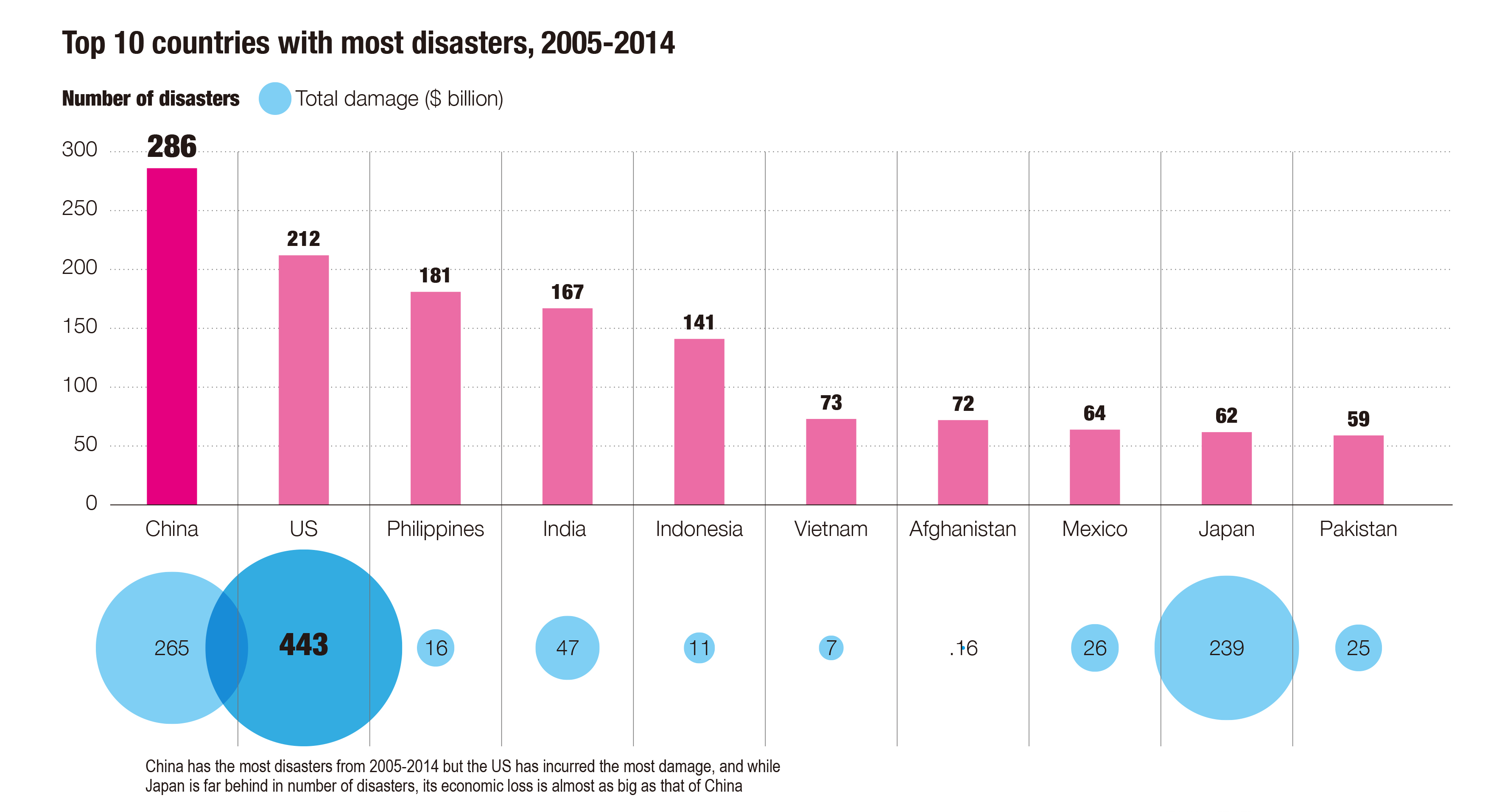
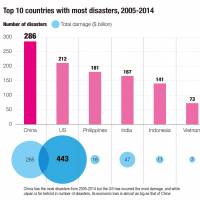
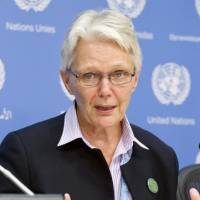
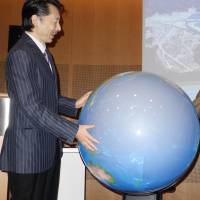
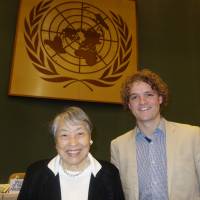













With your current subscription plan you can comment on stories. However, before writing your first comment, please create a display name in the Profile section of your subscriber account page.